Advantages and Disadvantages of SpeakersAn output hardware device known as a speaker connects to a computer to produce sound. The computer's sound card generates the signal needed to generate the sound that emanates from a computer speaker. When someone speaks commands to software, they are referred to as speakers. The caliber of the speakers is crucial in any sound system. 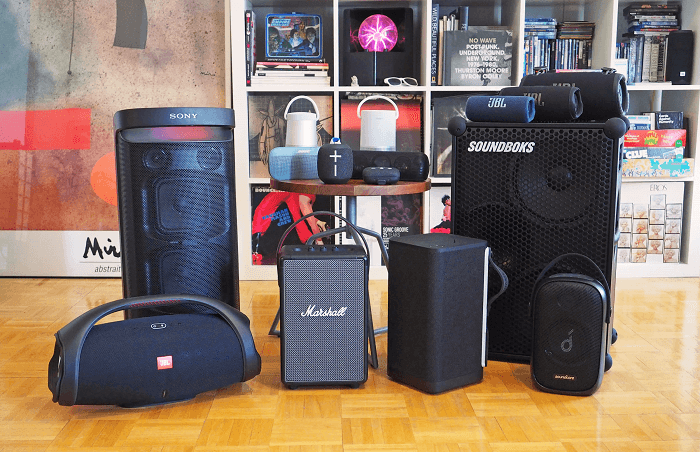
A system speaker is a device that can play CDs, tapes, and DVDs and transform stored electrical impulses into audible sounds. One frequent output mechanism is the speaker. Computer systems frequently employ speakers like these. Distinct devices require different designs and development of these speakers. The speaker's principal objective is to deliver audio that people can hear. A sound card assists in producing the signals that the computer speaker sends out. The manufacturer and the caliber of the product they supply directly impact how much the speakers cost. Types of Speakers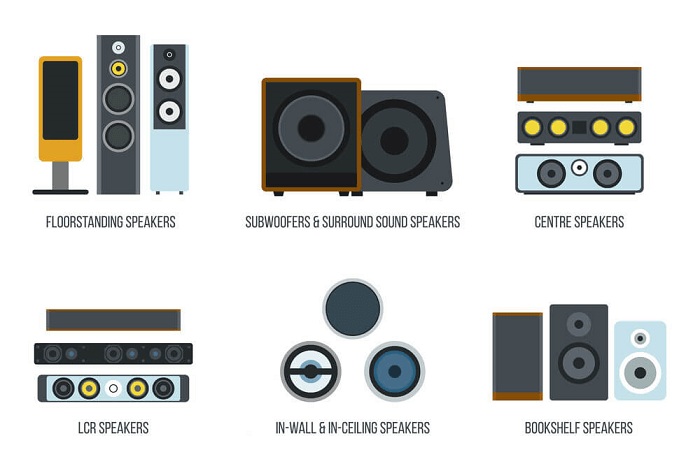
Tower / Floor Standing SpeakersAs their name suggests, floor-standing speakers usually reside on the ground. Most tower speakers rise three to four feet off the floor and are frequently called such. Even though there is often no or very little correlation between speaker size and sound quality, bigger speakers typically have more volume. Larger cones make it simpler to generate low frequencies. Therefore floor standing speakers are also better able to generate greater bass. 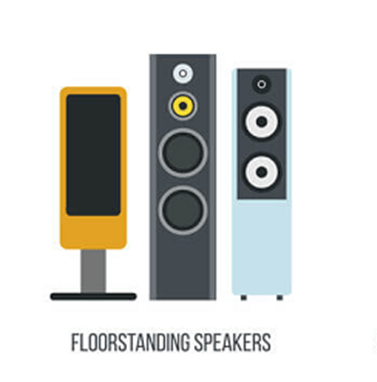
Tower speakers are hence most effective in wide areas. You only need a stereo pair of floor models. They frequently serve as the front left and right speakers in Surround sound systems, which is another frequent application for them. Bookshelf SpeakersBookshelf speakers are a great substitute for tower speakers, particularly in smaller settings. They have a woofer, a tweeter, or sometimes a mid-range driver and are considerably smaller. The 3-way bookshelf speakers that have each of these drivers are also available. Even though this kind of speaker may be put on a bookshelf, speaker stands enable them to produce music with greater quality. While a shelf will largely absorb the speaker's sound, a stand permits music to radiate more freely. 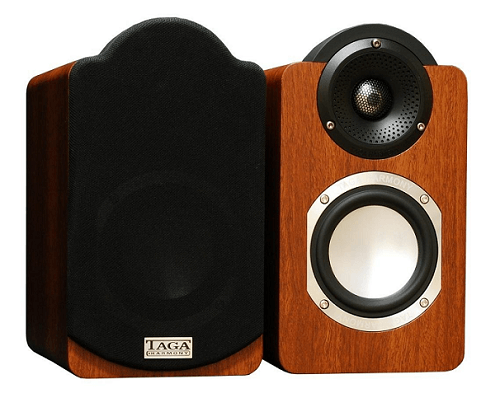
Similar to tower speakers, a set of bookshelf speakers can be effective for stereo sound arrangement. They work well as the front or rear speakers, or both, in Surround sound systems. Additionally, while their size restricts their ability to produce powerful bass, using a subwoofer with them enables you to hear the complete spectrum of audio frequencies. Satellite speakers / Surround speakers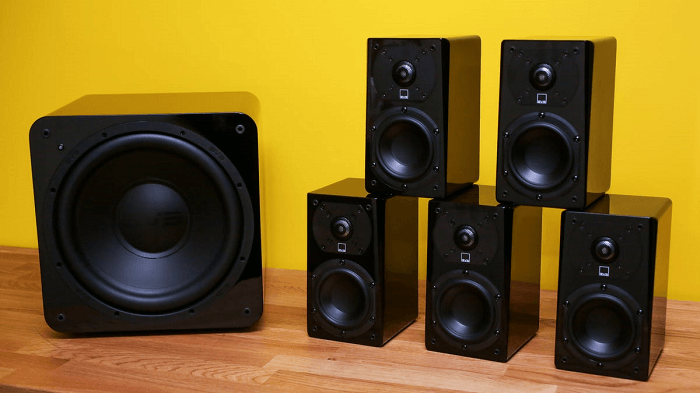
The purpose of satellite speakers is to place them behind or to the sides of your listening area. They typically have two cones, commonly a tweeter and mid-range driver or woofer, similar to a smaller version of bookshelf speakers. Even though they can be used as a stereo pair, they are typically employed to enhance other speakers rather than serve as the center of attention. Satellite speakers are frequently mounted to the wall or ceiling to prevent the need for cords to cross your listening space. There is also the option of wireless satellite speakers. Remember that a power cord will still be needed for these. Center-Channel Speakers
Almost all surround sound systems require center-channel speakers to function properly. They are located in the front, between the left and right speakers. They frequently stand directly below the screen when utilized in a home theatre. They should be experts in mid-range frequencies since they are in the middle of the spectrum. Center-channel speakers are in charge of producing the majority of the dialogue when watching movies and television programs. SubwoofersA subwoofer is necessary to hear rich, deep bass tones. Most subwoofers available today are "powered," meaning they have an amplifier and a crossover network built in. This enables you to alter the sub's upper-frequency response to match your main speakers better. Find the ideal model for your system by reading our subwoofer buying guide. 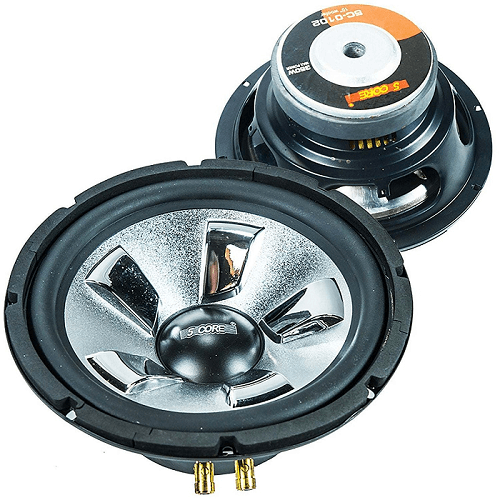
The placement has a significant impact on subwoofer performance. There are some spots in a room when the bass completely disappears. So, placement and seating are crucial to get the most out of the subwoofer. Smart SpeakersSmart speakers are an easy way to add high-quality audio to any room of the house. Plugging them into an outlet and establishing a network connection with your home are all required for installation. Once connected, you may control them to play music from the best streaming services using voice commands or an app on your phone. 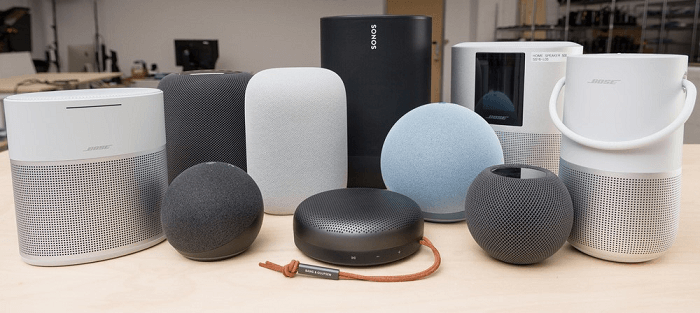
Many smart speakers, like Sonos' entire line, are ideal for multi-room audio setups. To ensure you never miss a beat, they let you synchronize playing across various speakers throughout the house using an app on your smartphone or voice commands. You can even sync playback from any device connected to your receiver so that you may continue to hear what is being played while racing to the kitchen for a snack if you have a suitable receiver in your entertainment room or a device like the Sonos Port. In-Ceiling Speakers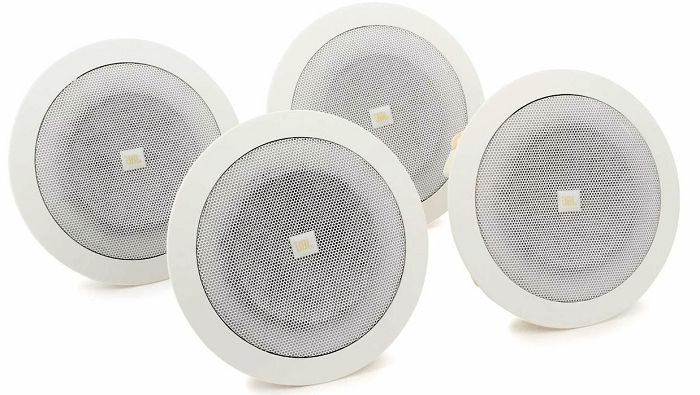
A woofer and a tweeter are in the designs of in-ceiling and in-wall speakers. They are less effective than Surround speakers because they are designed to be put above the listening area. They work well with object-based sound formats like Dolby Atmos and DTS:X, which provide listeners with the most realistic audio experience possible by adding a vertical dimension to surround sound. In-ceiling speakers are a great option for multi-room audio setups since they let you enjoy your music outside your primary listening location while hiding the sound source. Applications of Computer SpeakerTo create sound waves, electromagnetic waves must first be converted into speakers. The computer provides audio input for the speakers. This input could be either analog or digital. Analog speakers from analog electromagnetic signals amplify sound waves. Digital signals are sound waves. As a result, to create a sound wave that can be output, digital speakers must first transform the digital input into an analog signal. A user is referred to as a speaker when they give voice commands to software. A computer speaker is a component of hardware used to create a sound connected to a computer system. The signal needed to produce sound from a computer speaker is present on the computer's sound card. 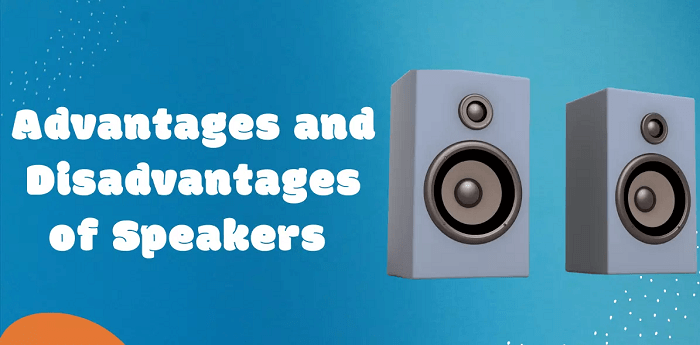
Advantages of Speakers
Disadvantages of Speakers
ConclusionA computer speaker is an item of output equipment that connects to a computer to make a sound; as a result, we may hear the sound. External speakers are transducers by translating audio into audible sound waves, whether built-in (some speakers are now wireless) or external (connected to a computer). With a frequency range of 20 to 200 Hz, subwoofers produce extremely low-frequency sound. A Bluetooth speaker is a wireless speaker that enables music playback. The majority of speakers are passive dynamic speakers.
Next TopicAdvantages and Disadvantages of Business
|
 For Videos Join Our Youtube Channel: Join Now
For Videos Join Our Youtube Channel: Join Now
Feedback
- Send your Feedback to [email protected]
Help Others, Please Share










